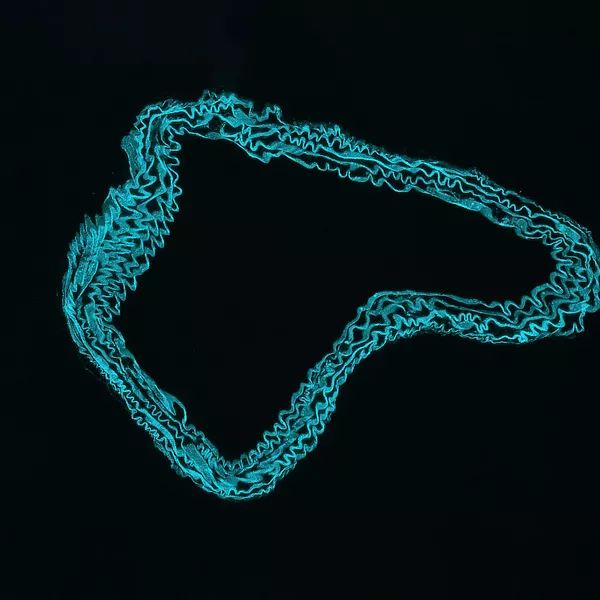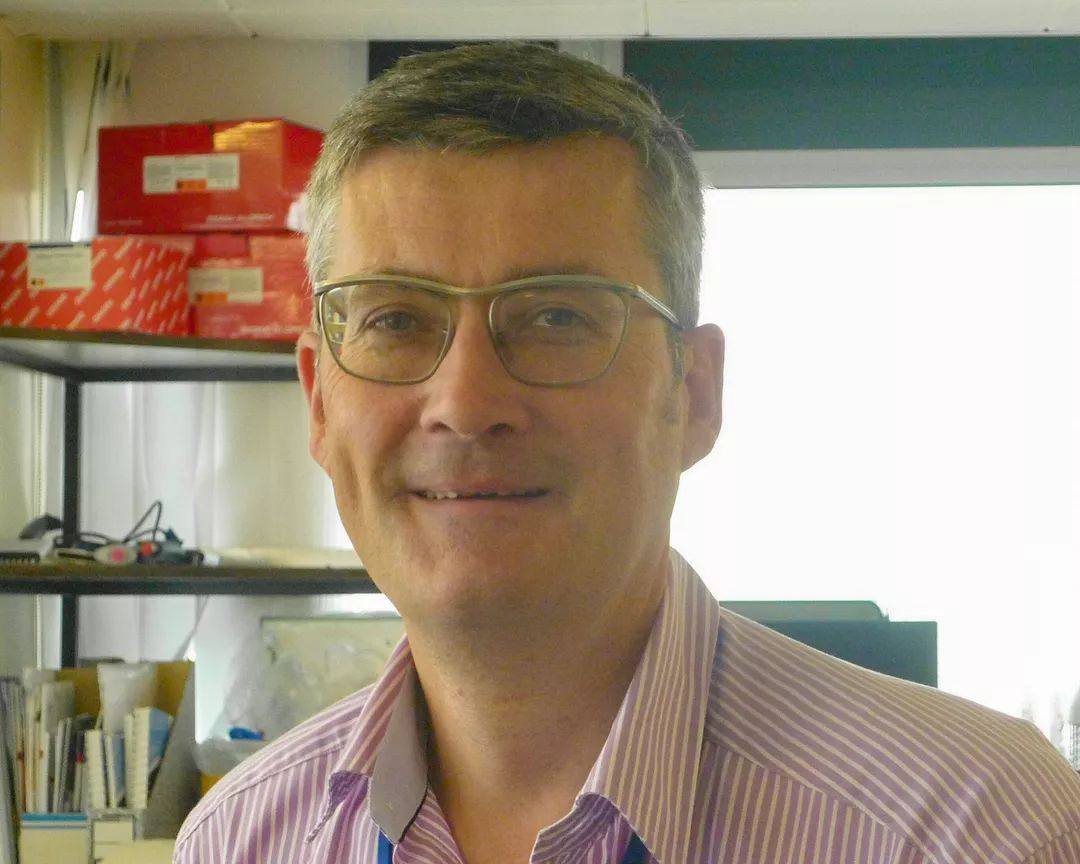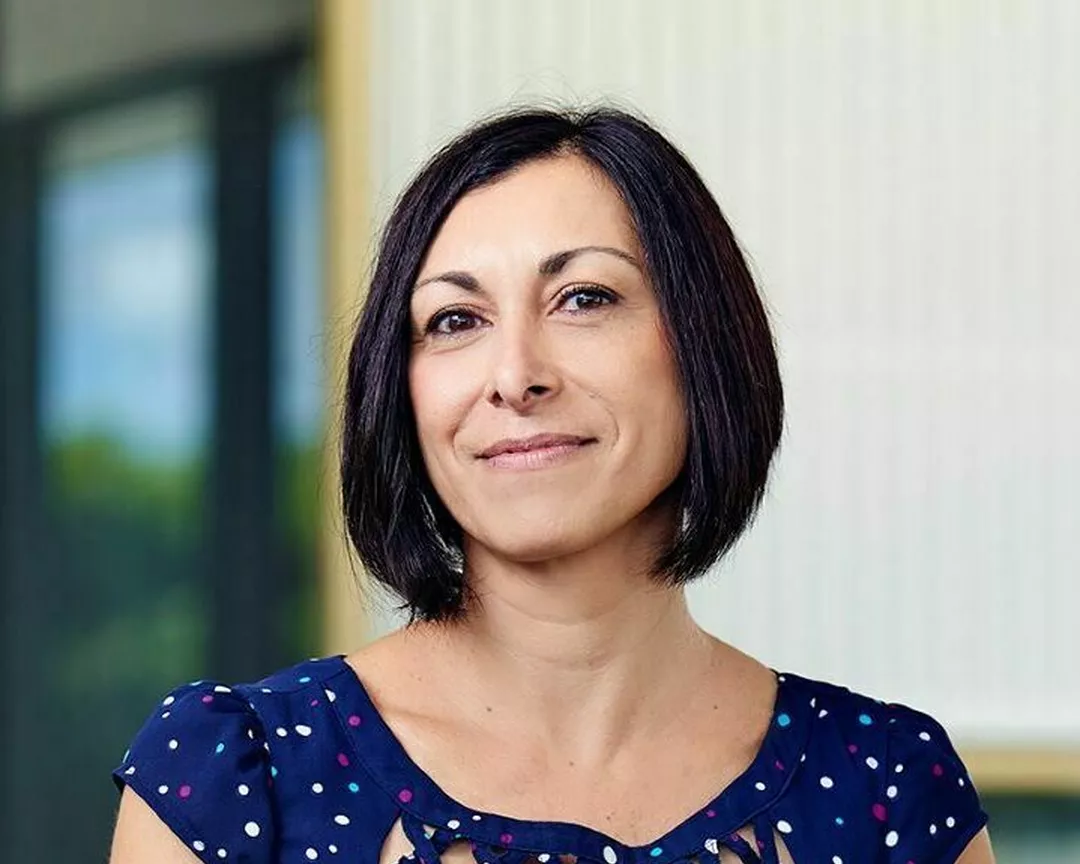
How will the HRI UK grant help progress this research?
There is a long-standing collaboration between Assoc Prof Kavurma, and her team at HRI, and my team at the University of Cambridge. We focus on the same problems – coronary heart disease and stroke – but approach them from different directions. This funding will allow us to bring together our two teams, with their complementary strengths and expertise, to form a multidisciplinary team.
We are incredibly grateful to HRI and to the people in the UK whose donations are funding this work. CVD is a truly international problem; it is the biggest killer in many countries across the world. However, it is difficult to find funding opportunities that will support collaborative work between researchers in different countries. The funding from HRI and its donors will harness the strengths of researchers across the globe to tackle CVD.



